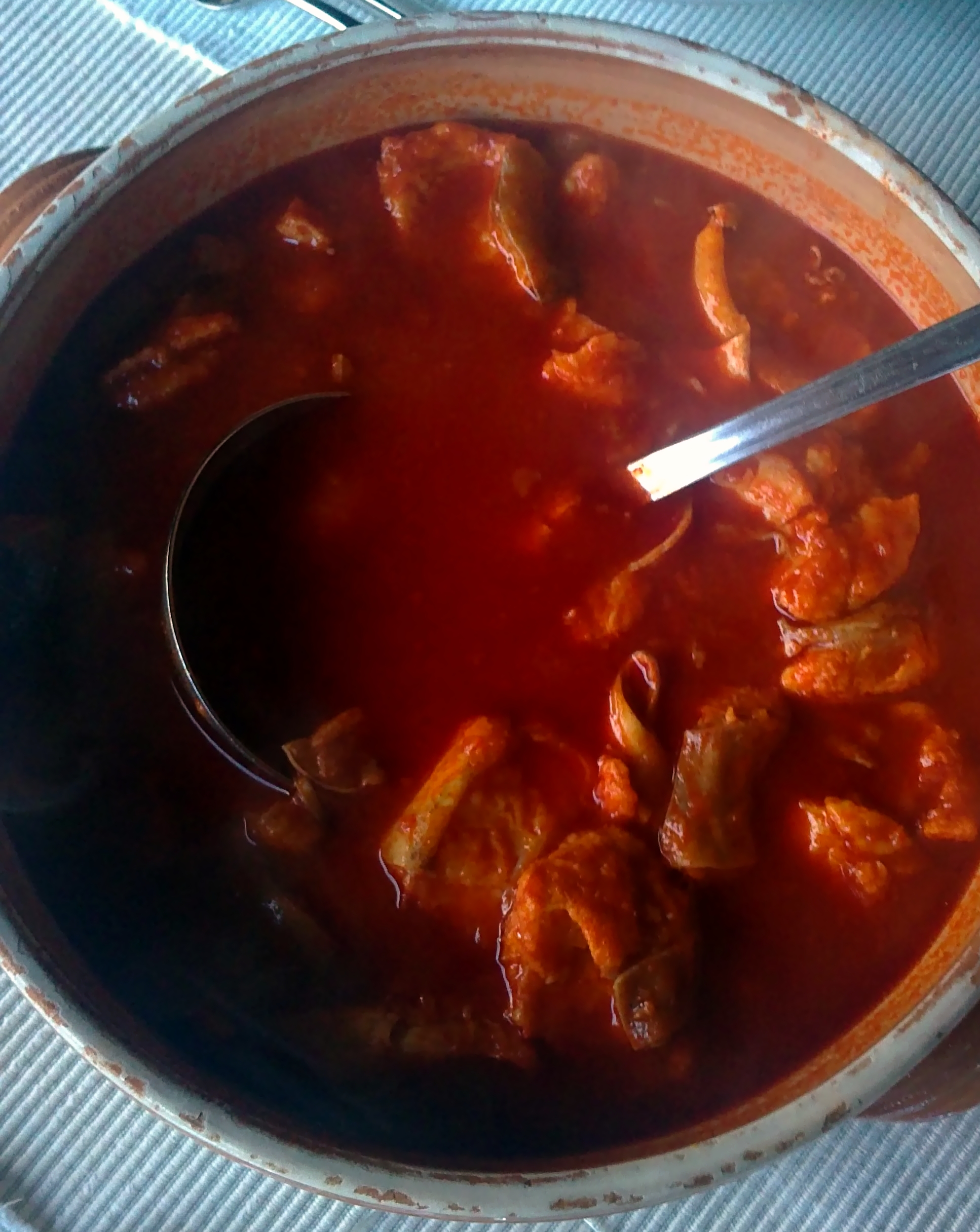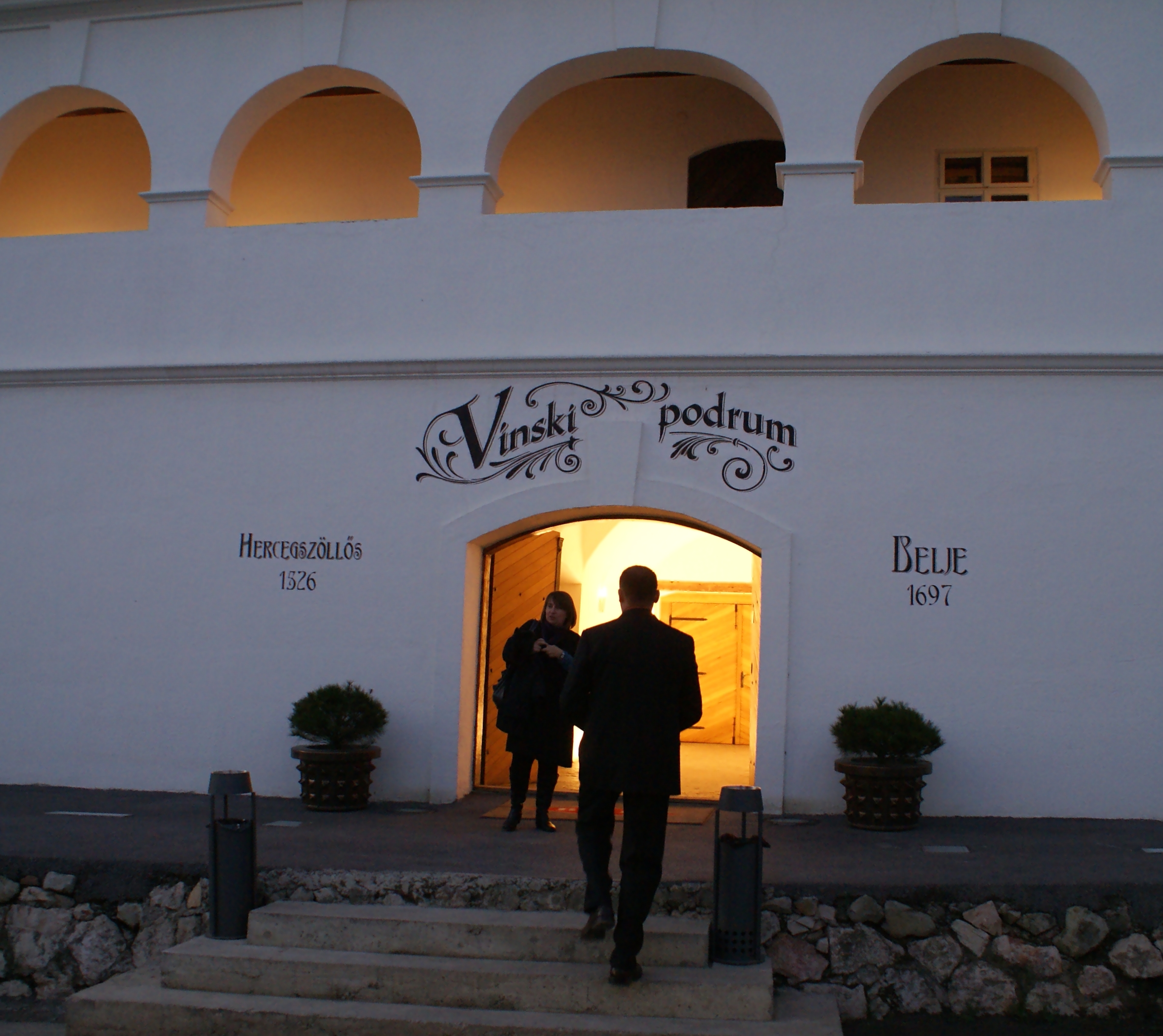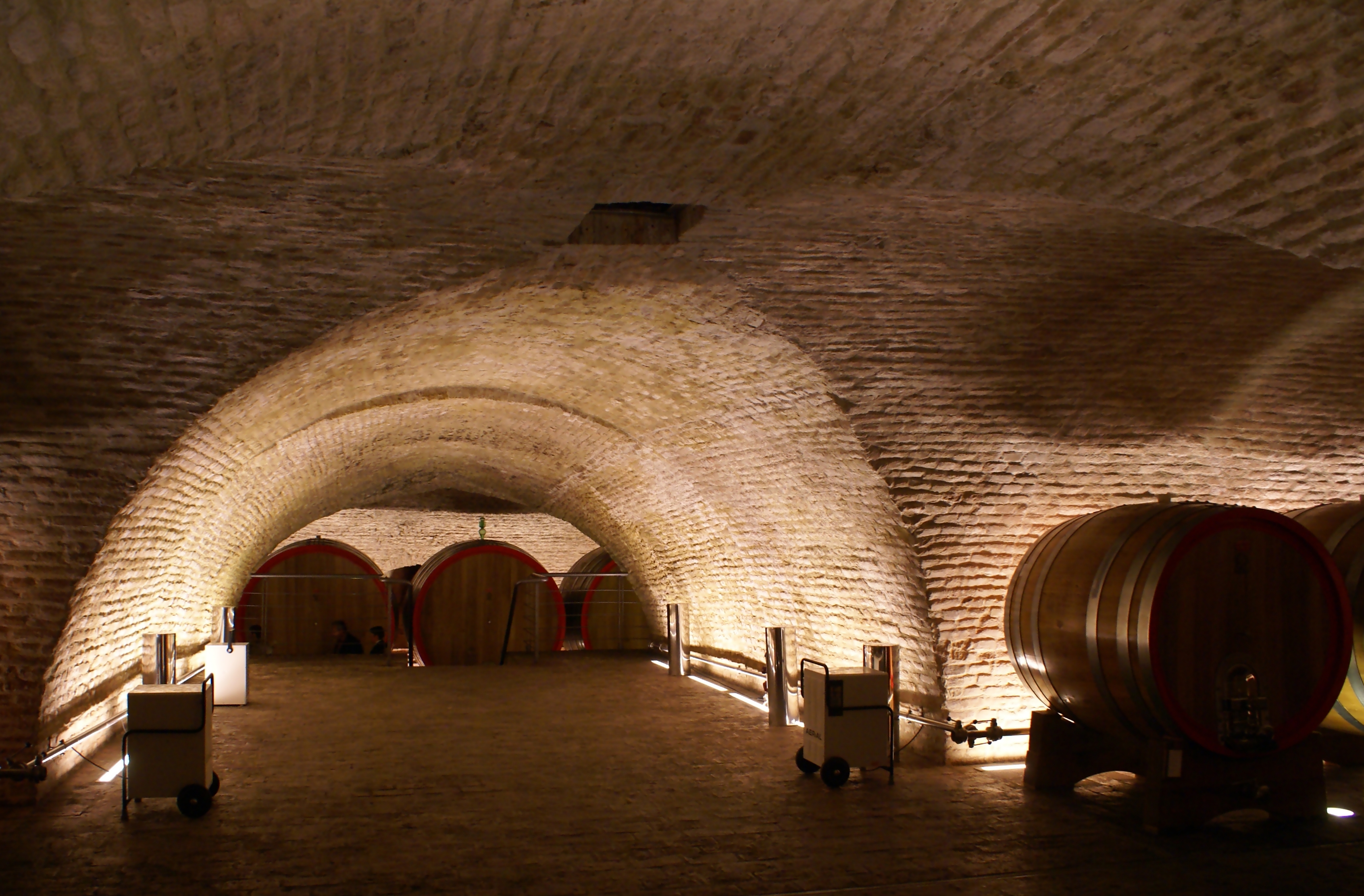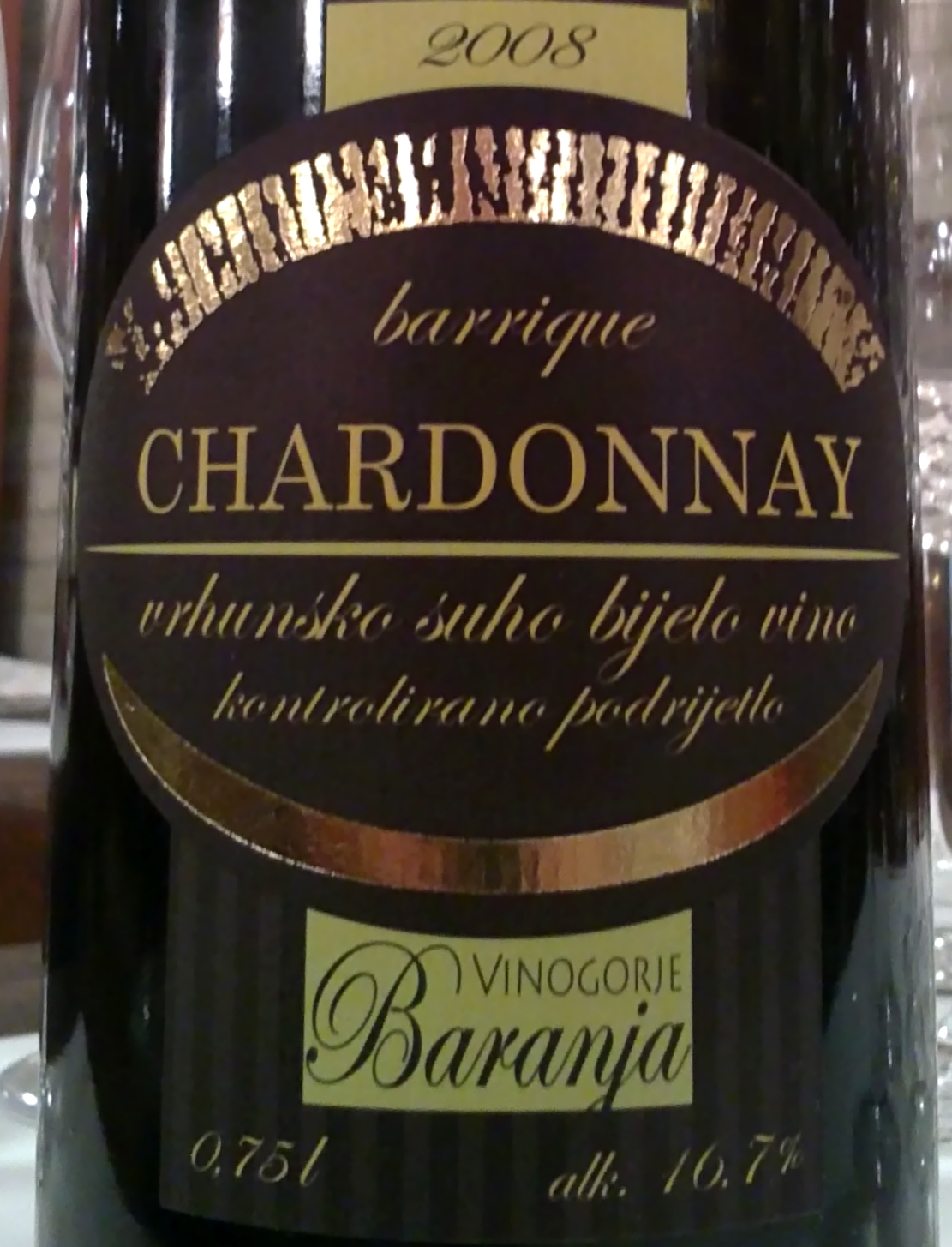Exciting Croatia (3): Baranja
Posted on 21 January 2011
After Kutjevo and Ilok, my next stop in Croatia was Baranja. Located in flat moorlands along the Danube on the border with southern Hungary, this zone has a lot in common with the Burgenland in Austria and Szekszárd and Villány in Hungary. The warm continental Pannonian climate is identical and so are the sandy, loamy and clayey soils on which vineyards grow. Like in Burgenland’s Neusiedlersee there is also the Kopački Rit natural park where we’ve enjoyed a spectacular traditional meal at the Kormoran restaurant.
The Kormoran and the region’s largest winery (300 ha out of Baranja’s 580), Podrumi Belje, belong to Croatia’s largest wine holding Agrokor. Podrumi Belje operate in a historical winery that in 2009 has been very impressively renovated (even more impressively, all work was undertaken under a conservator’s supervision, the building being classified). State-of-the-art stainless steel fermentors and renovated alleyways are one thing, but I was particularly happy that the 300,000-liter oak park was entirely filled with large Garbellotto barrels made of Slavonian oak. Five years ago, or across the border in Hungary, it would have been unthinkable to furnish such a cellar with not a single barrique-sized barrel.
The Podrumi Belje wines are all well-made. The basic 2009 Graševina was one of the better everyday wines I’ve had on this trip. There were other good wines among the 35 I tried during the gathering of 5 other Baranja producers (notably two 2009 Graševinas from Antunović and Josić), but you shouldn’t forget this is a low-lying warm-climate zone, and it’s very easy to overripen white grapes here. Several producers seemed to lack a vital understanding of drinkability. There’s no technical trick – residual sugar, acidification, serving well chilled – nor any food (I checked, as we were treated to some delicious local cheeses and cold meats) that can save these wines from tasting like a diluted whisky. One vintner presented a 16.7% alc. Chardonnay and failed to understand my dismay. “I have better in my cellar, he said, a 17.5% Graševina from 2008”. For many vintners of the old generation, high alcohol is synonymous with high quality (and it was, when the yield was high and the range was 10–12.5%). I couldn’t help thinking this mentality issue is similar that which hinders Hungary’s ascent (I addressed it here).
Unsurprisingly for Baranja’s climate and topology (and that of sister appellation Erdut located on the confluence of the Danube and Drava), I was more pleased with the red wines I tried here, especially from such grapes as Cabernet Sauvignon and Merlot (less so with the numerous Pinot Noirs). And one star on a national level is certainly Iuris, whose 2007 Merlot was a memorable bottle. 30-ish Mario Jurašić is the winemaker here, and he seems well-travelled and perspicacious enough to soon become one of Croatia’s stars.
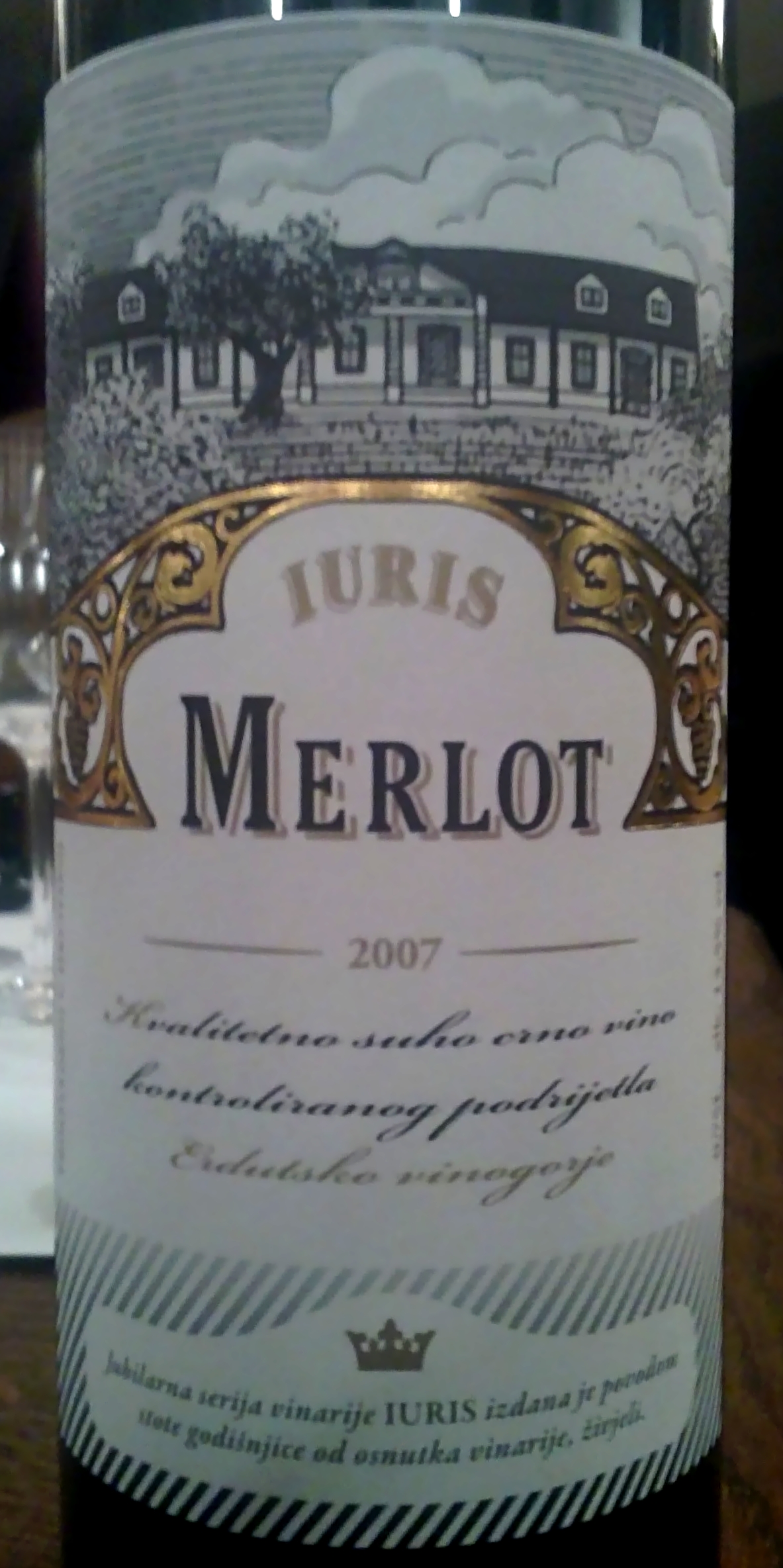 With a few estates like Iuris plus a well-managed company like Podrumi Belje controlling over 50% of the appellation’s output, Baranja is much on the upswing today.
With a few estates like Iuris plus a well-managed company like Podrumi Belje controlling over 50% of the appellation’s output, Baranja is much on the upswing today.
Disclosure
My trip to Croatia including flights, accommodation and wine tasting programme is sponsored by the Zagreb Vino.com festival and the Croatian National Tourist Board.


